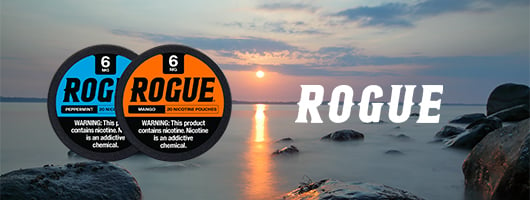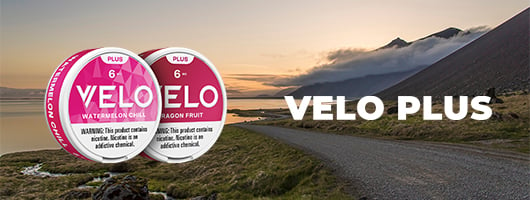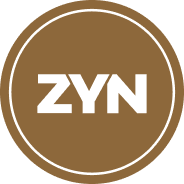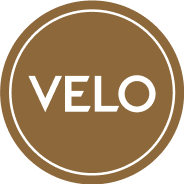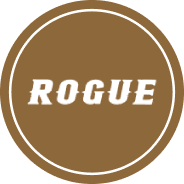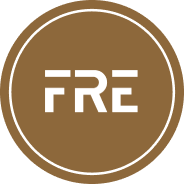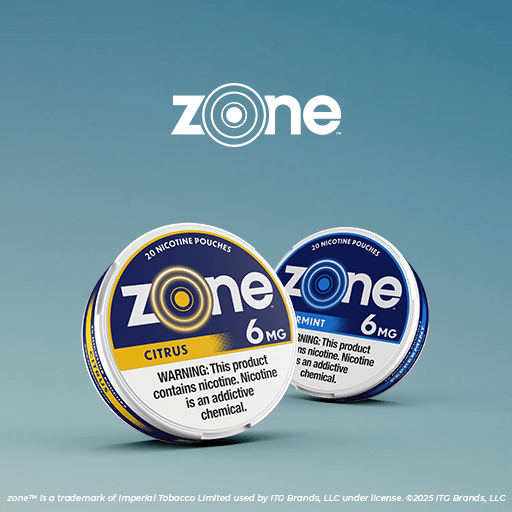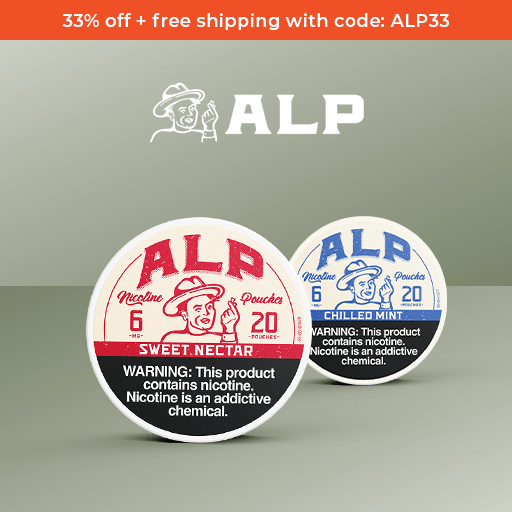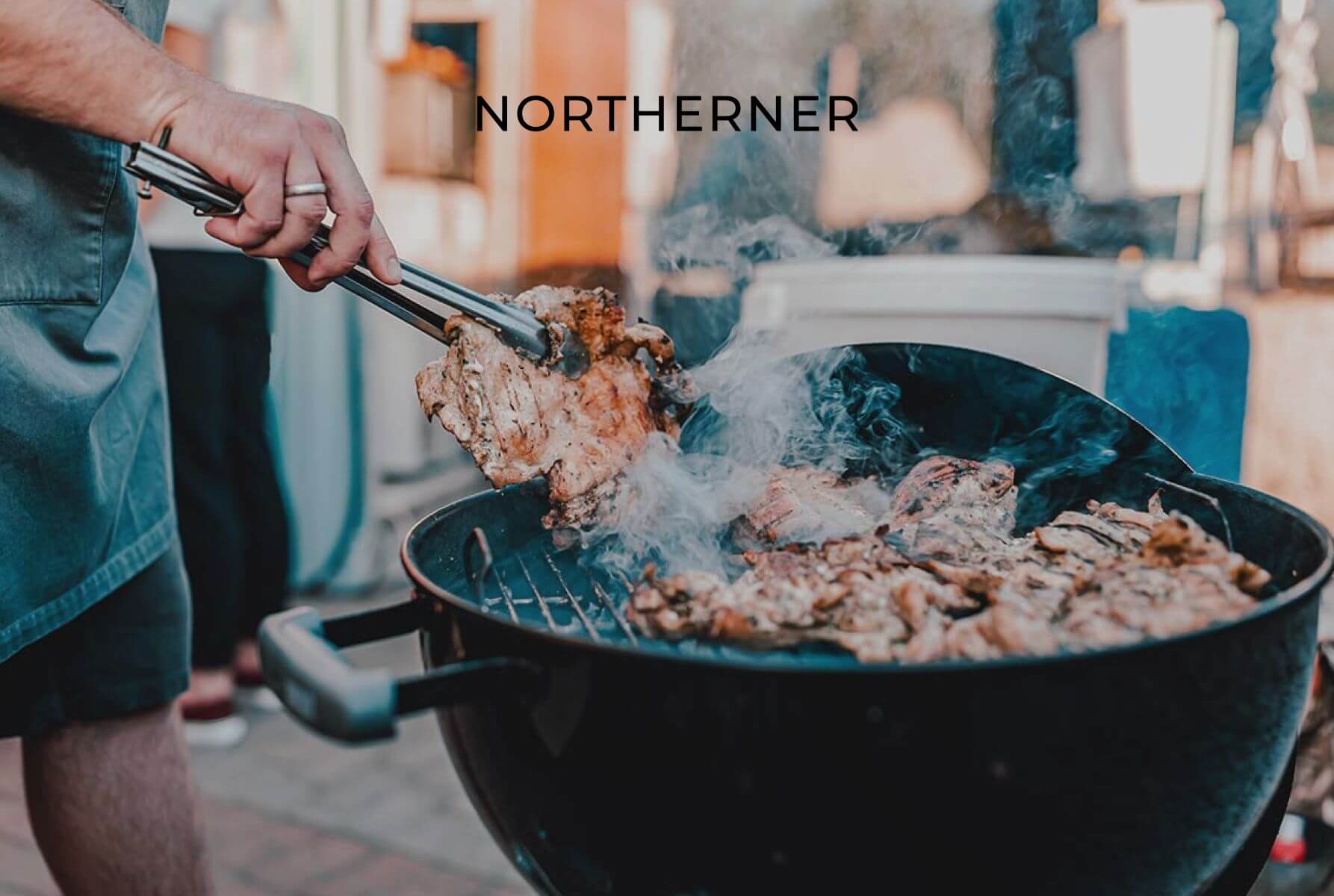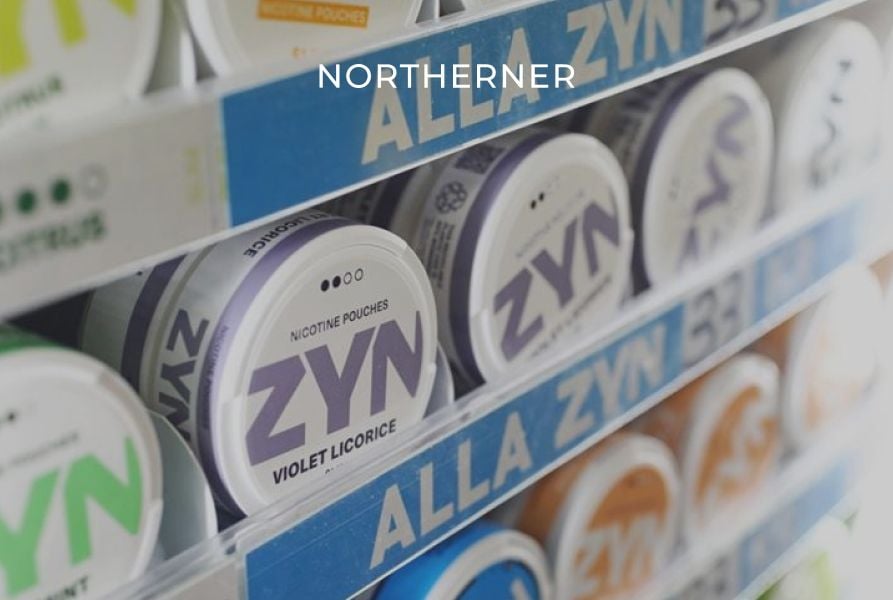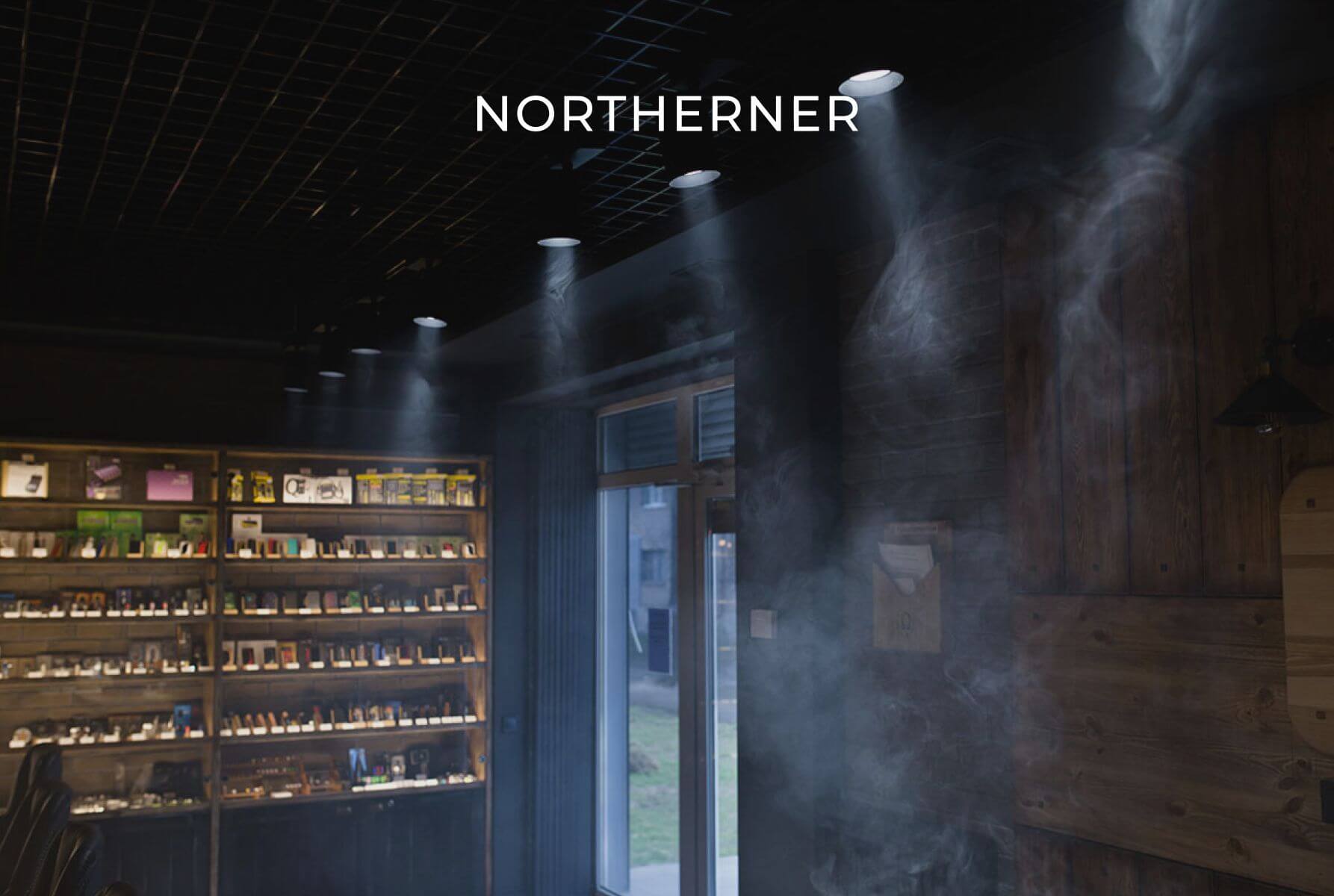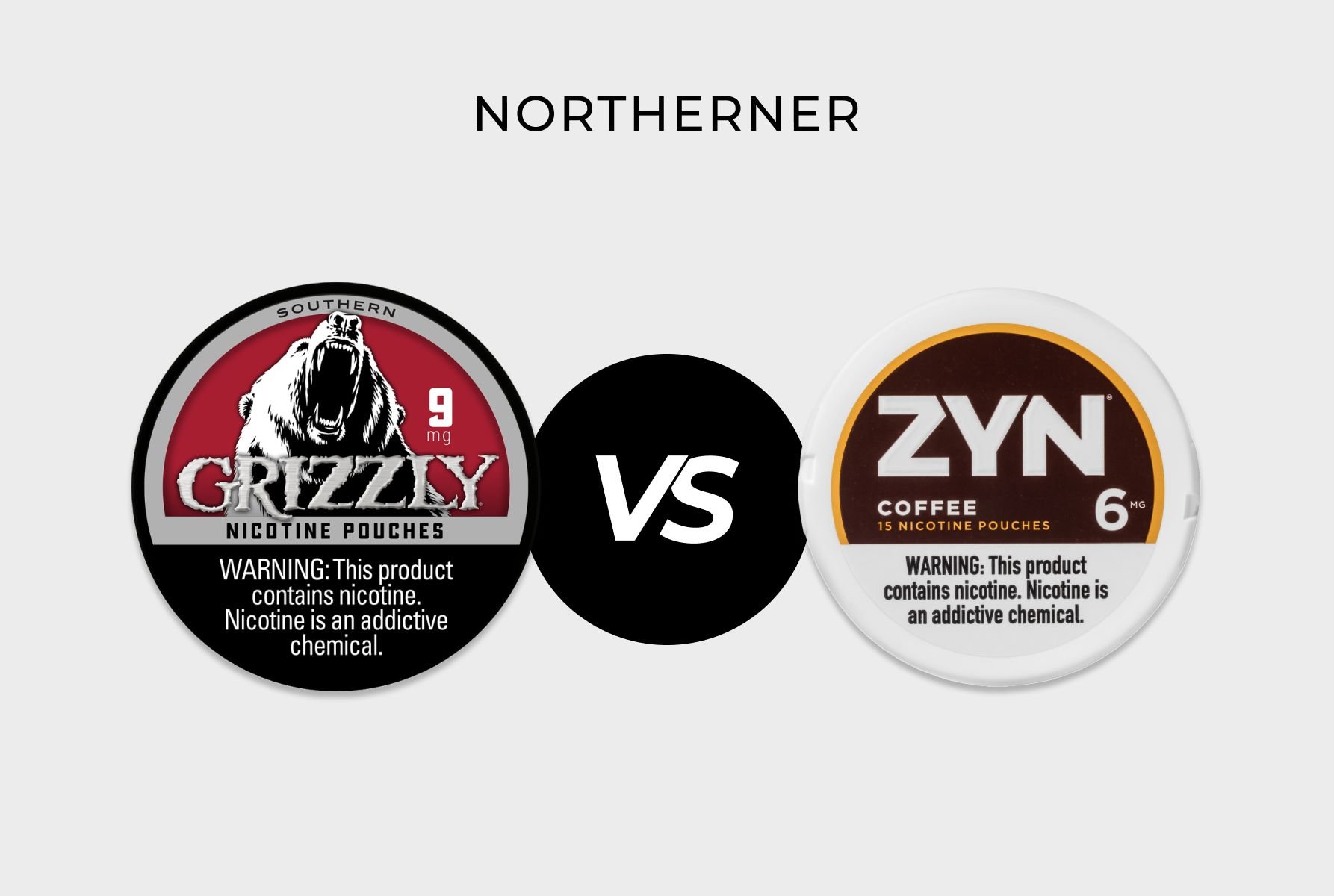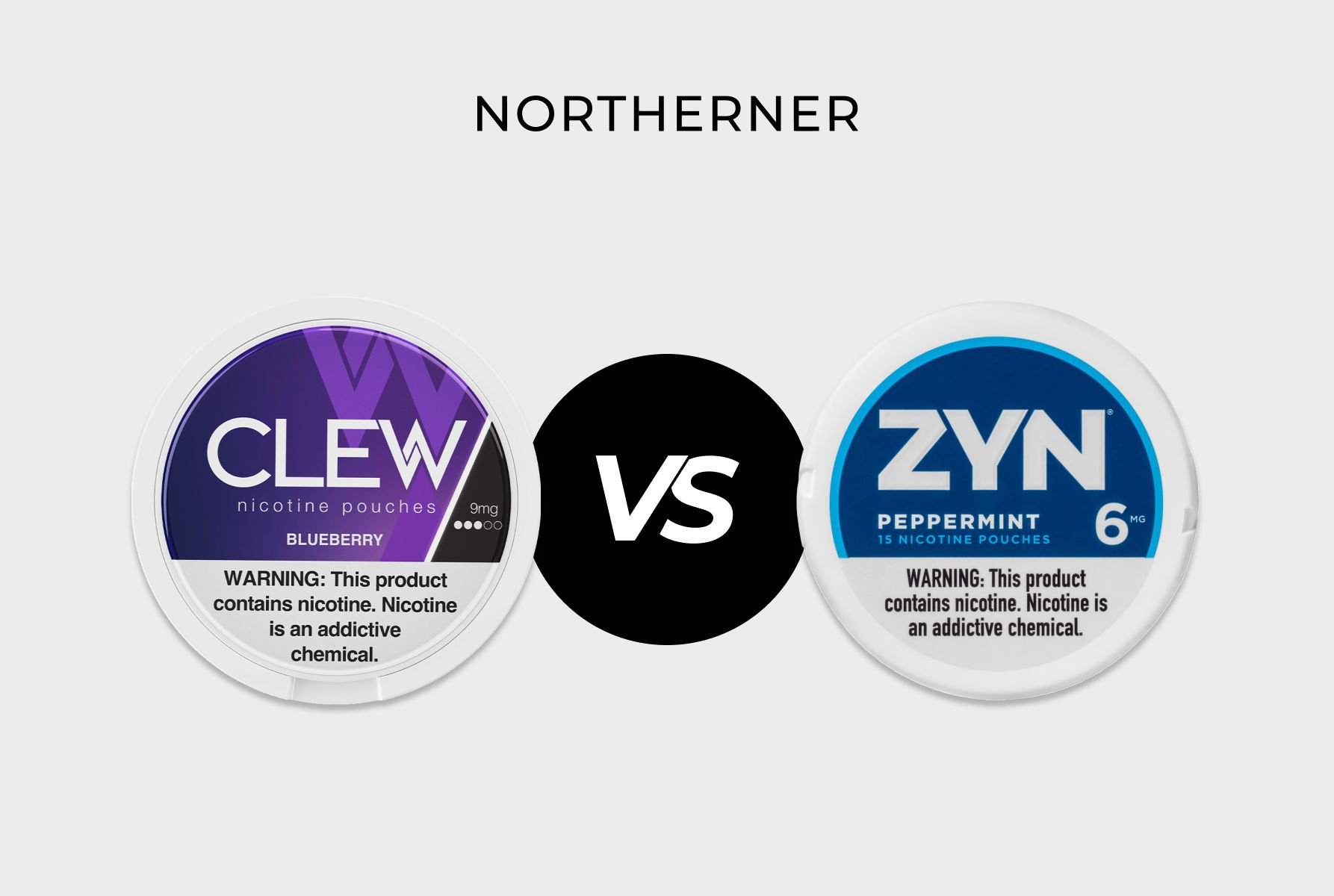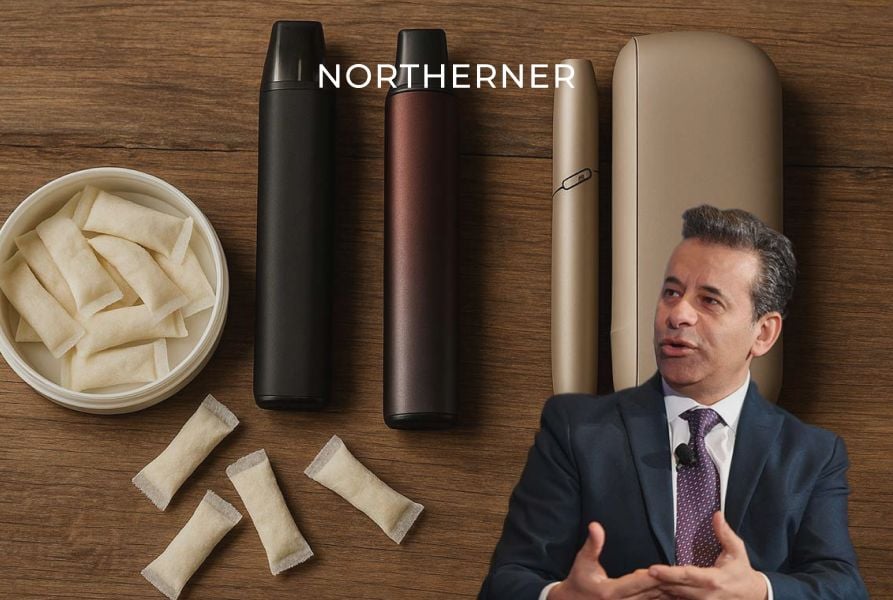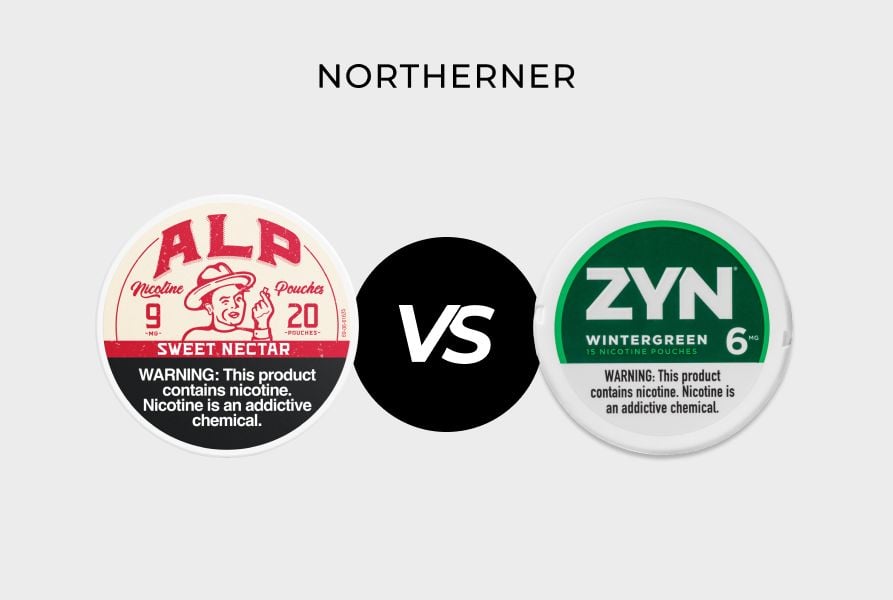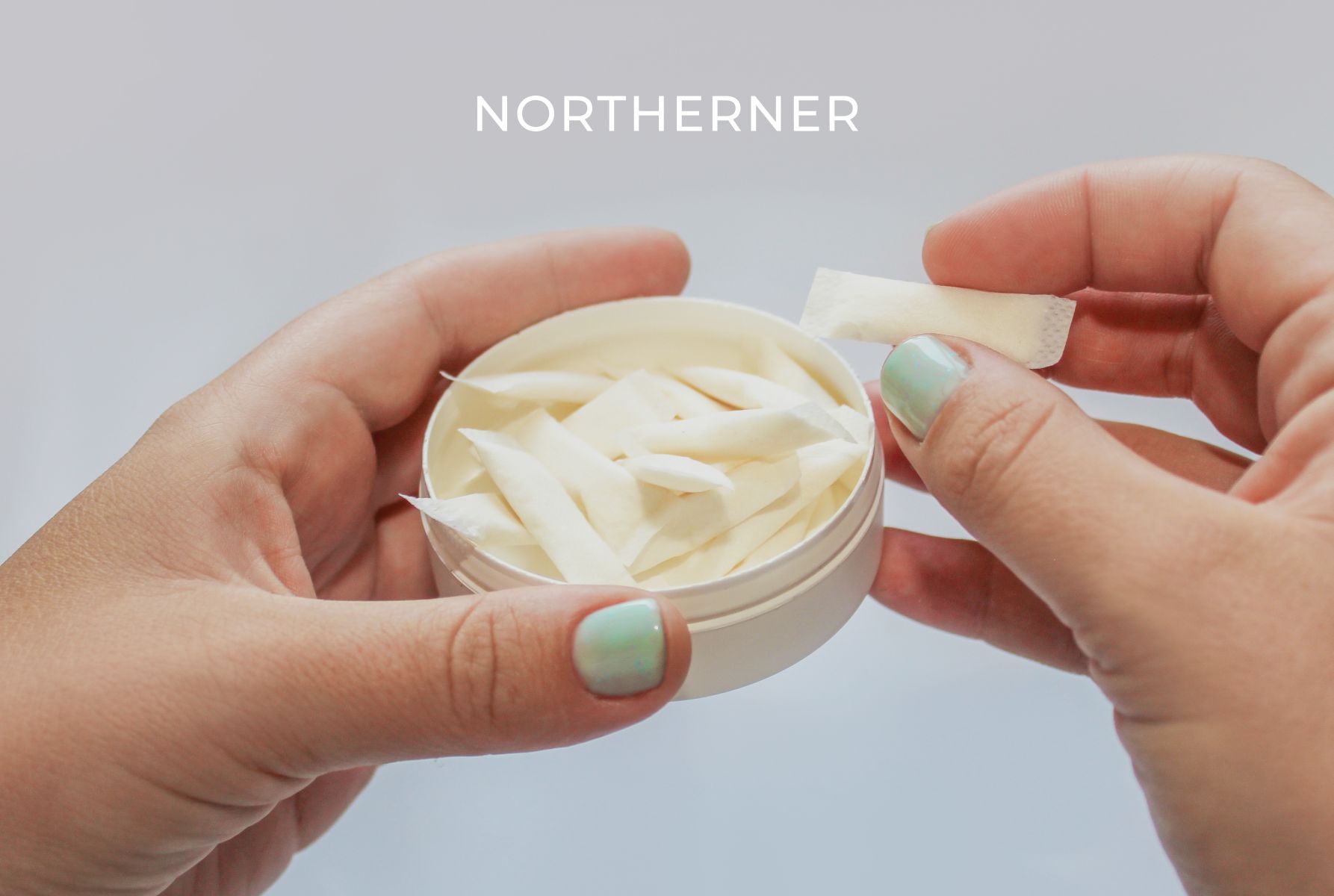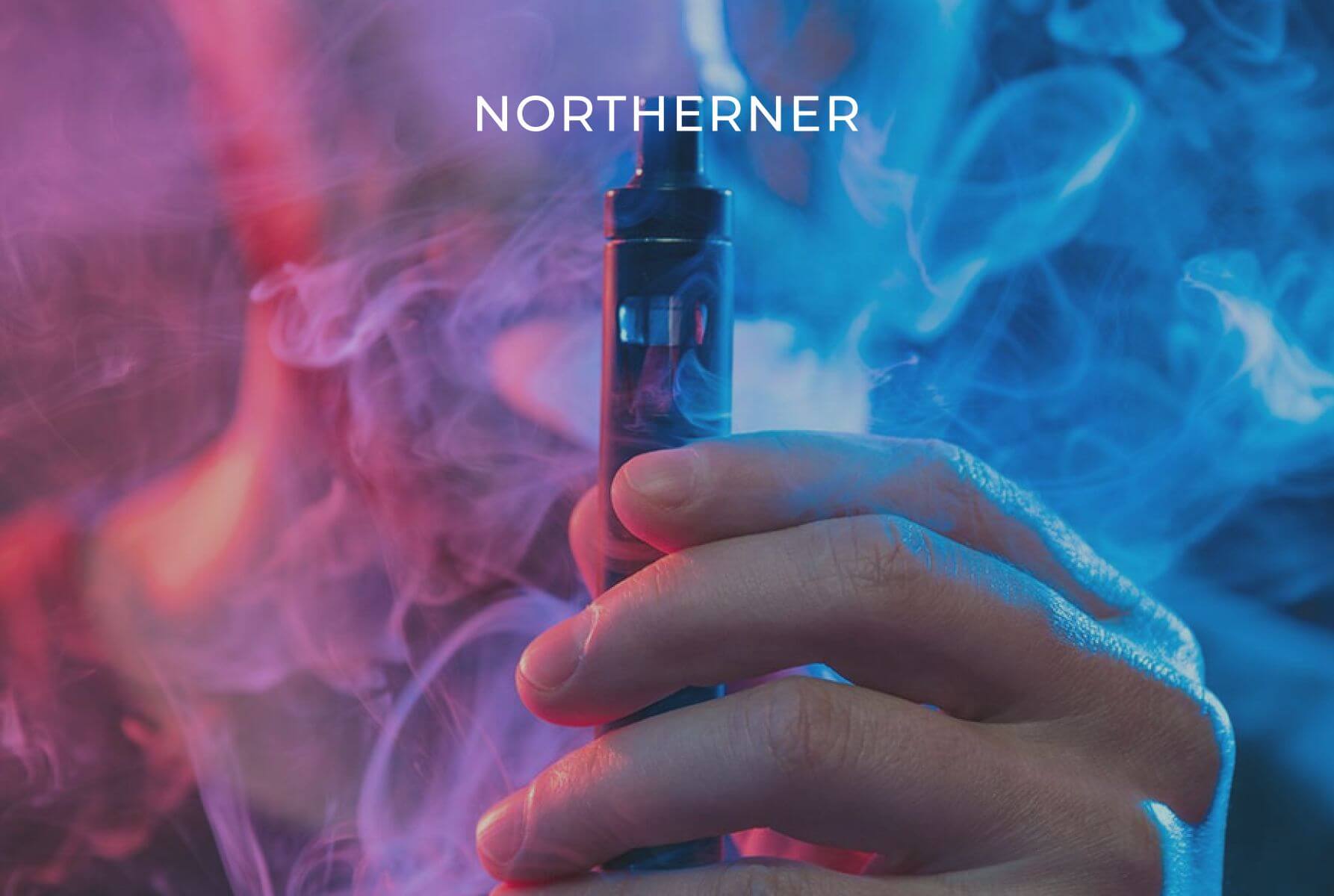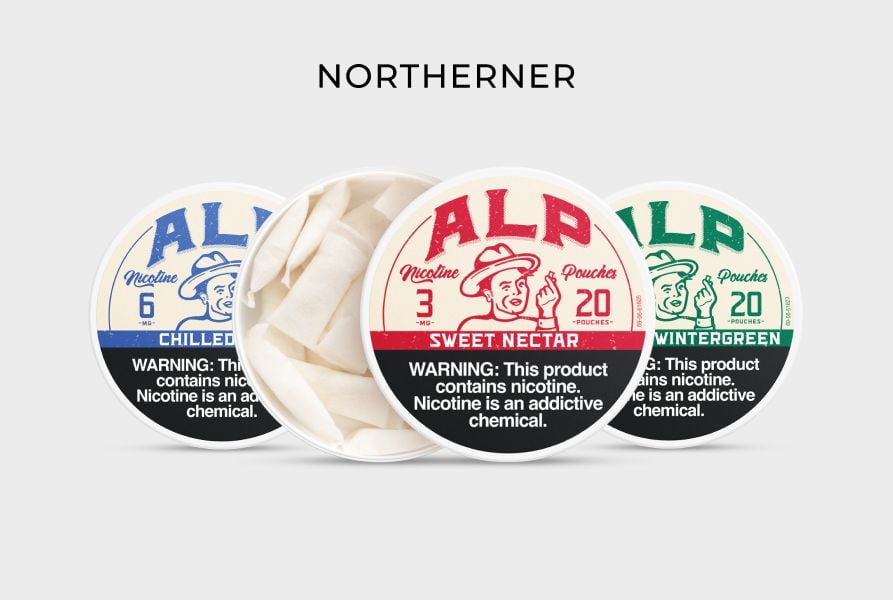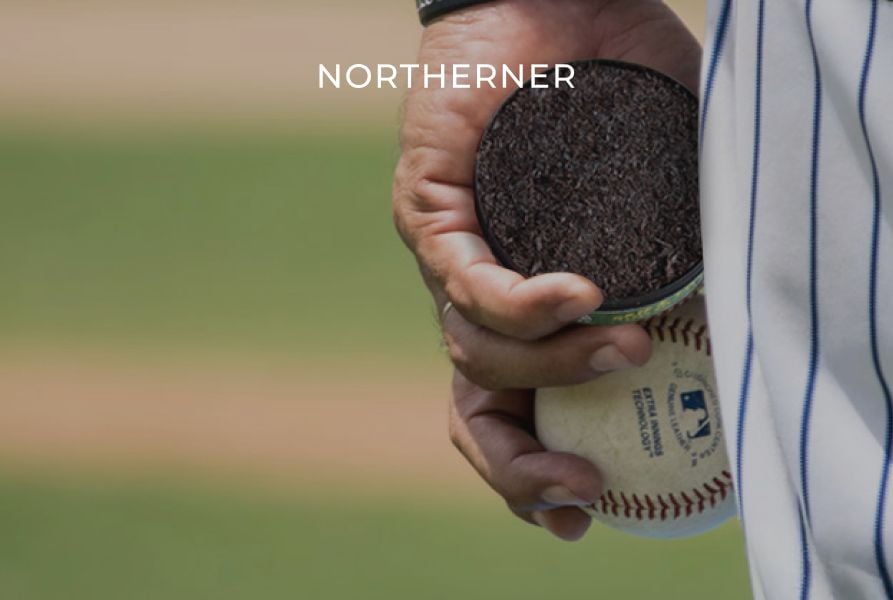About Us
Welcome to Northerner, where our commitment to empowering adult nicotine consumers to make the switch to smokeless alternatives has been our guiding spirit for more than 25 years.
We offer one of the largest online selections of tobacco leaf-free nicotine pouches and gums currently available in the US, with the full assortment of flavors, strengths, and fast shipping options right here at your fingertips.
Whether you're new to the category or a long-time user looking for the biggest brands at better prices, Northerner is your go-to destination for quality, convenience, and value.
Your Go-To Nicotine Pouch Provider
When you shop with Northerner, you get the benefit of our experience and the longstanding relationships we’ve built with suppliers. From ZYN to ALP, On!, Rogue, and VELO, every product we stock meets the strictest safety standards and is independently lab tested via Nicoleaks to ensure you get nothing but the very best.
Pick from one of our trusted payment providers and delivery partners to enjoy seamless checkout and shipping, with dedicated support teams on standby should you need it, and age-verified orders for extra peace of mind.
But don’t just take our word for it—check out our Trustpilot score and the 1,000+ reviews left by customers who keep coming back for more.
About Us
Welcome to Northerner, where our commitment to empowering adult nicotine consumers to make the switch to smokeless alternatives has been our guiding spirit for more than 25 years.
We offer one of the largest online selections of tobacco leaf-free nicotine pouches and gums currently available in the US, with the full assortment of flavors, strengths, and fast shipping options right here at your fingertips.
Whether you're new to the category or a long-time user looking for the biggest brands at better prices, Northerner is your go-to destination for quality, convenience, and value.
Trusted Partners
When you shop with Northerner, you get the benefit of our experience and the longstanding relationships we’ve built with suppliers. From ZYN to ALP, On!, Rogue, and VELO, every product we stock meets the strictest safety standards and is independently lab tested via Nicoleaks to ensure you get nothing but the very best.
Pick from one of our trusted payment providers and delivery partners to enjoy seamless checkout and shipping, with dedicated support teams on standby should you need it, and age-verified orders for extra peace of mind.
But don’t just take our word for it—check out our Trustpilot score and the 1,000+ reviews left by customers who keep coming back for more.








